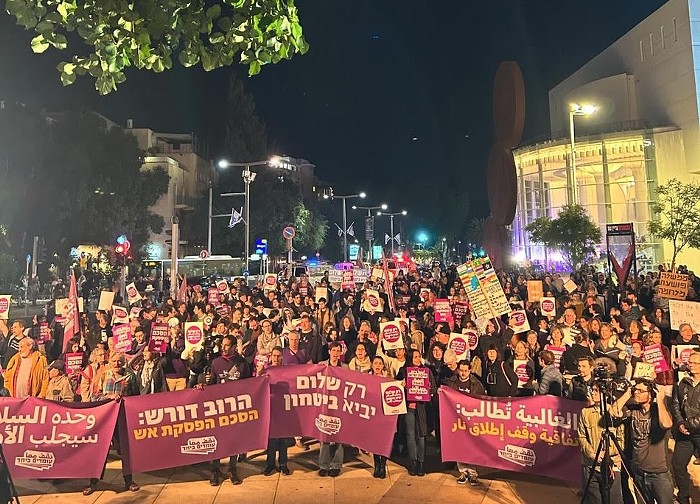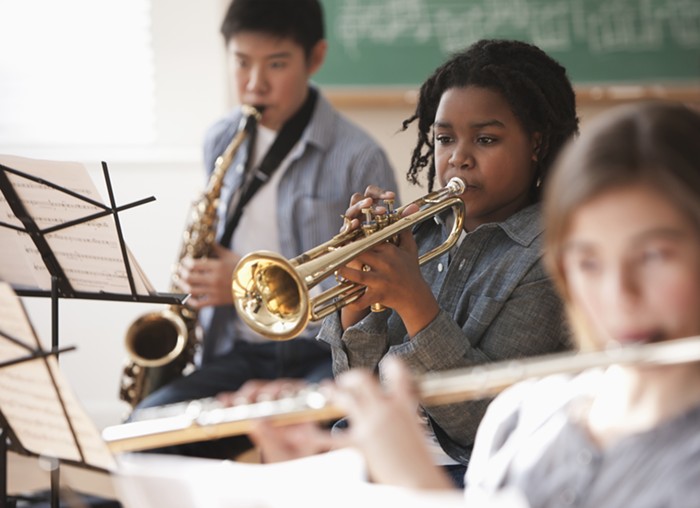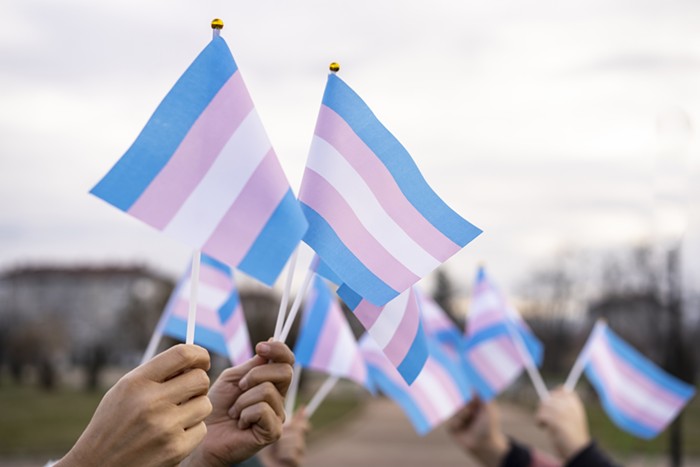
The controversy over protecting trees in Seattle is surprisingly heated for a city that draws its nickname from the color of our region’s evergreen forests.
Much of the controversy springs from exaggerated narratives that pit trees against development, affordable housing, transit, views, solar access, and utilities. But on this Earth Day, an urbanist and a conservationist have joined forces to challenge the “Trees vs x” narrative.
As Seattle begins to consider its next comprehensive plan, we ask the development community and urban forest advocacy groups to commit to a “Trees and” approach instead. We must protect more big trees and house more neighbors. We must add more trees and more affordable homes.
While it’s true that competition for space exists between trees and buildings, our current approach to that problem prevents any sort of progress, which is unacceptable. Right now, for instance, members of the development community sometimes use the competition as a justification for maintaining weak tree protections that also weaken our community’s resilience to climate change. To take one recent example, Seattle’s Department of Construction and Inspections (SDCI) just proposed an update to the city's tree protections code. The proposal would require more tree replacement and grant stronger protections to trees that are 24 inches in diameter or larger. But the Master Builders Association of King and Snohomish Counties has appealed the proposal, arguing that the new rules would be too “stringent” and “expensive."
On the other side, some urban forest advocates blame infill developers for destroying the city’s tree canopy, going as far as bringing legal action. Yet most of Seattle’s trees stand on sites that are currently zoned as neighborhood residential. Accordingly, this is where the most tree loss occurs. The best available data we have comes from 2016, and it suggests that canopy cover on these single-family lots decreased by nearly 3% between 2007 and 2015. That’s a loss of about 870 acres of tree canopy, an area 160% larger than Discovery Park. Much of this tree loss occurs because single-family homeowners are allowed to remove up to three trees (under 30 inches in diameter) per year for no reason, and with no consequences. (This is a good way to make your neighbors hate you, too!)
In contrast, canopy loss in multifamily zones was 1.5%, which translates to about 90 acres. Multifamily areas often start out with fewer trees, so small losses can have larger impacts than losses in leafier areas. But, as that number suggests, development in multifamily zones is not the primary driver of canopy loss citywide. Moreover, development in low-canopy areas can sometimes provide opportunities to depave and add new trees.
Seattle’s updated canopy-cover analysis is one year overdue, so we’re still waiting on the results, but continued loss seems a likely finding. Portland has experienced slower growth, has stronger tree protections, and has more coordinated urban forestry management structures than Seattle, and yet that city just discovered a nearly 1% decline in its canopy since 2015.
Stronger tree protections alone will not be a panacea for our urban forest. Given Portland’s example, we’re going to need a better plan, and the city’s major comprehensive plan update process presents an opportunity for pro-housing activists and tree people to think of one together.
The planning process is expected to integrate both climate change adaptation/mitigation and racial/social justice. Urban forestry goals can support both major themes. Throughout the update process, let’s ask: Whose financial responsibility should it be to maintain street trees and residential trees? Will decisions around tree canopy use a Race and Social Justice analysis? Can we move beyond parking strips and reclaim parking lanes for trees? How do we move away from poisonous, colonial, bourgeois lawns? Might we reforest some of Seattle’s public golf course spaces?
As we begin to envision the next 20 years of land-use changes in Seattle, we ask the development community and urban forest advocacy groups to commit to this kind of “Trees and” mindset. After all, urban trees are amazing stormwater managers and air purifiers, plus they help cool our communities. Density advocates, motivated by concerns over the climate emergency and a desire to reduce transportation modes dependent on fossil fuels, should speak loudly on behalf of strengthening our urban tree canopy. But we also need tree advocates to fight harder for low-tree canopy communities, which often include areas most impacted by environmental injustice. With this coalition, together we can increase Seattle’s bird-friendly, native plant habitat and build a lot more housing.
Learn more about the City’s proposed tree protections update at an info session on May 19 from 6-7:30 p.m. Register here.
Joshua Morris is Seattle Audubon’s urban conservation manager and co-chair of Seattle’s Urban Forestry Commission. He works to improve access to green space, to reduce urban hazards to wildlife, and to engage communities in conservation initiatives right where they live. The views and opinions expressed in this article do not necessarily reflect those of the Urban Forestry Commission
Laura Loe is a queer, Latinx renter and founded Share The Cities Community Education and Share The Cities Action Fund. These organizations are volunteer driven, Seattle-based efforts to create a stronger democracy through more equitable access to civic engagement. We focus on land use, housing justice, public broadband, and equitable internet access.


















